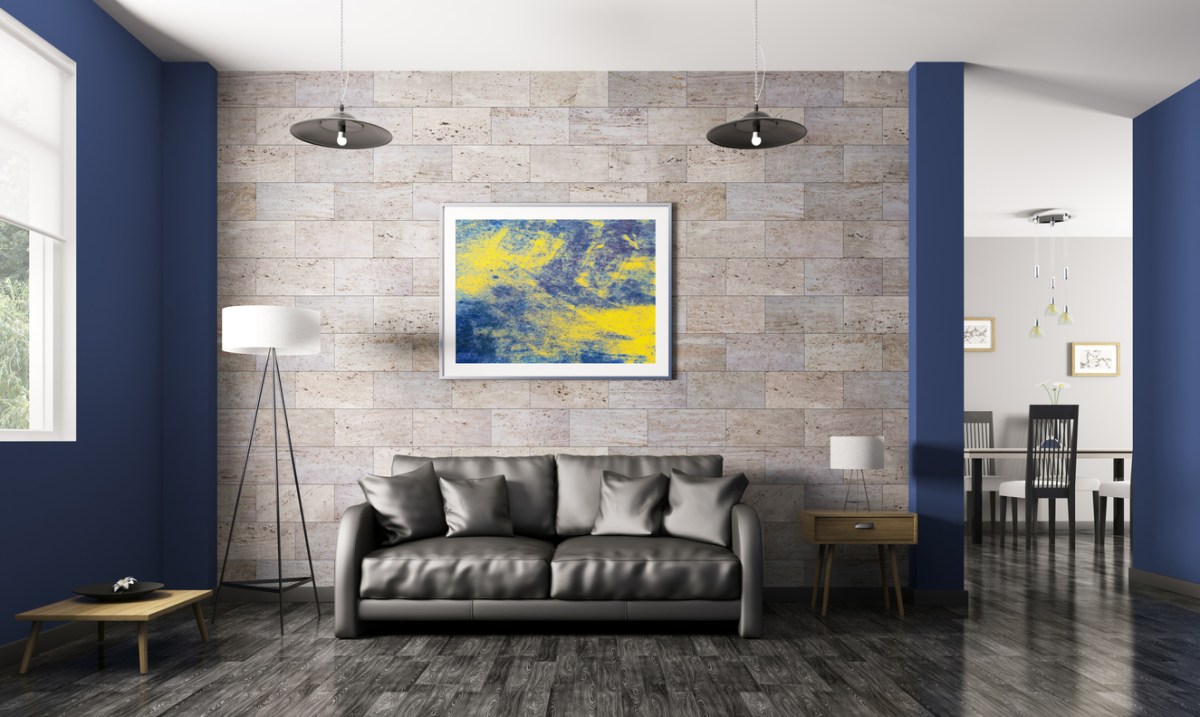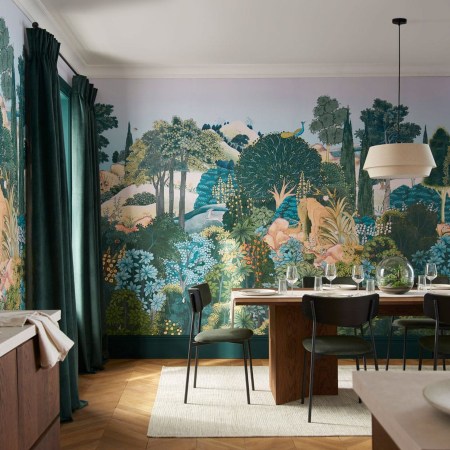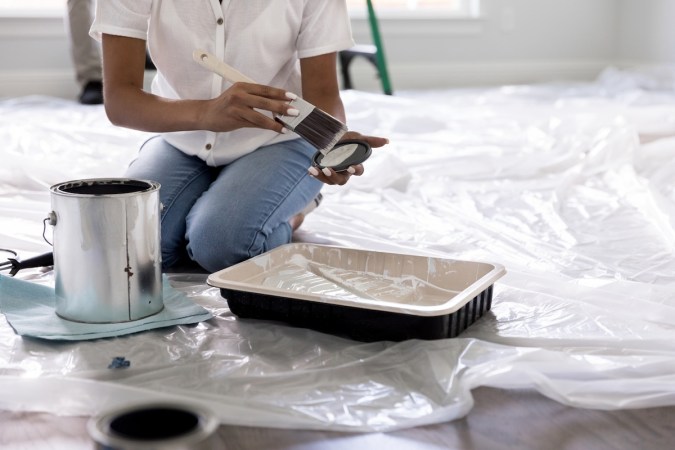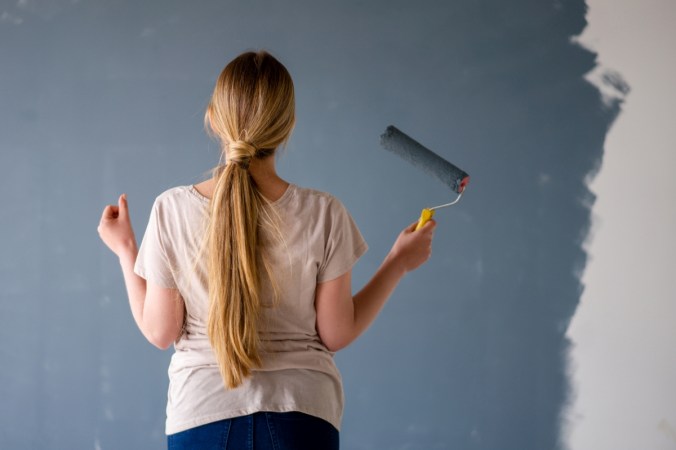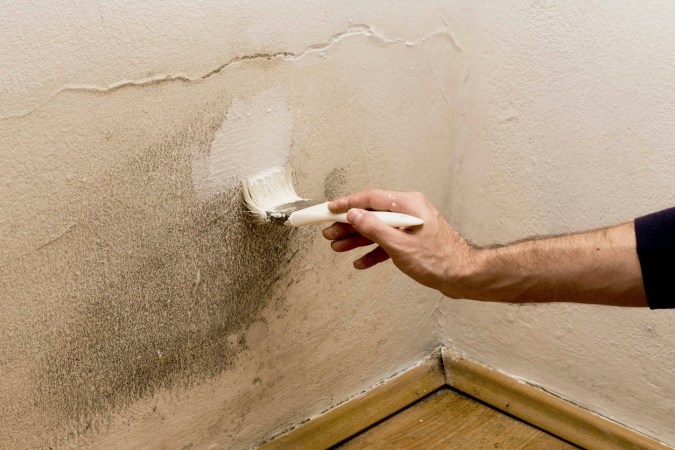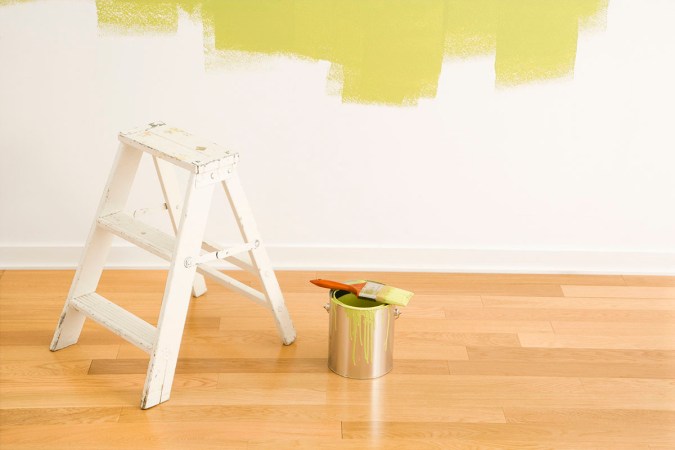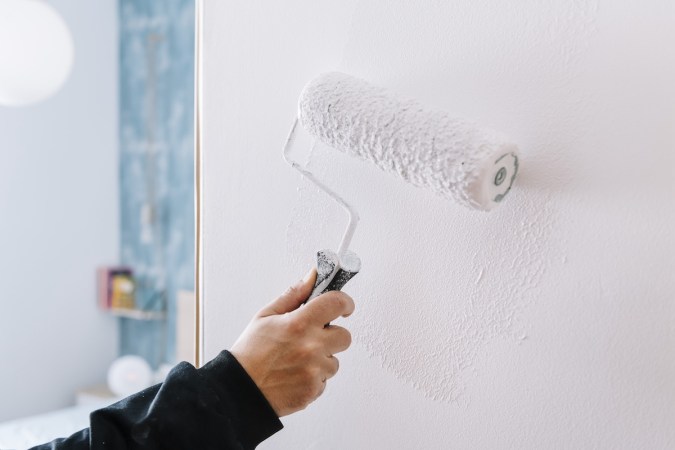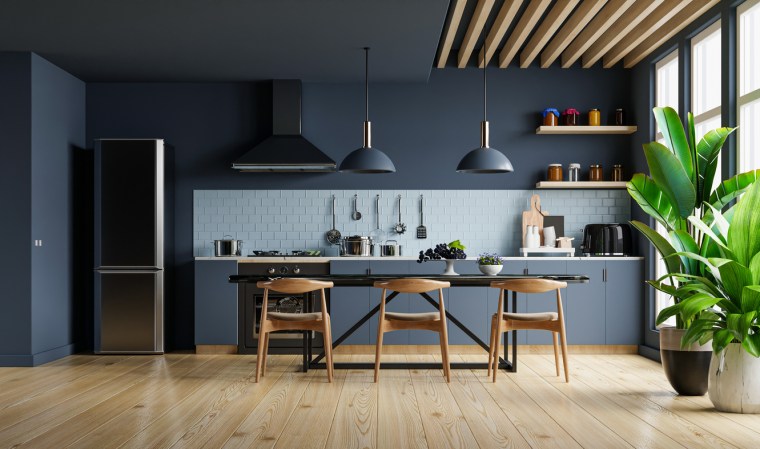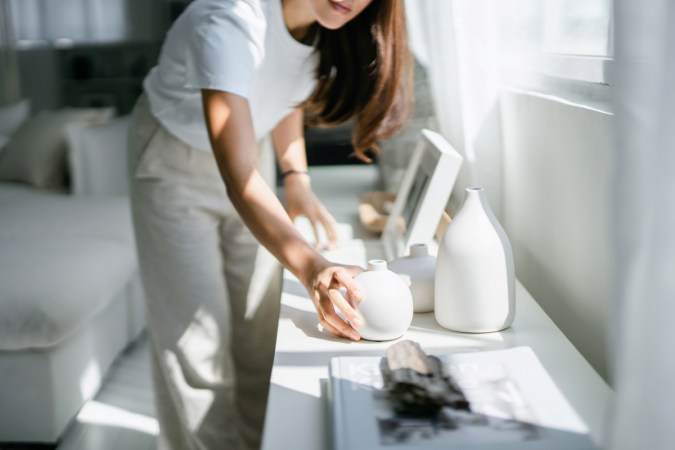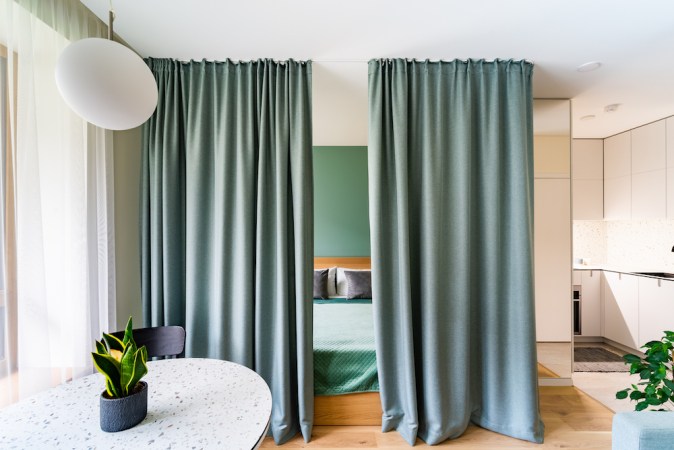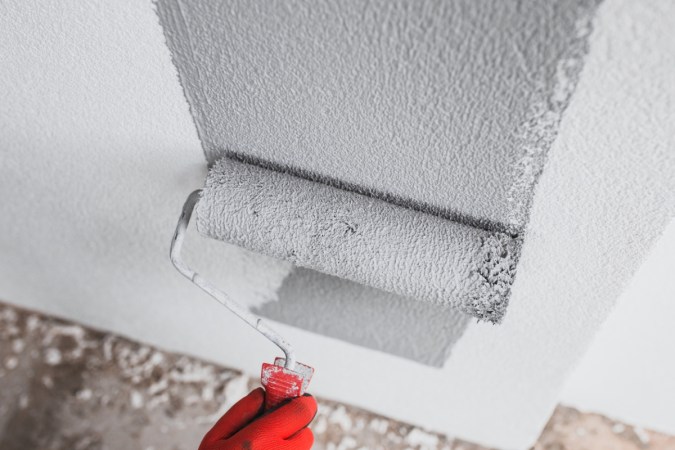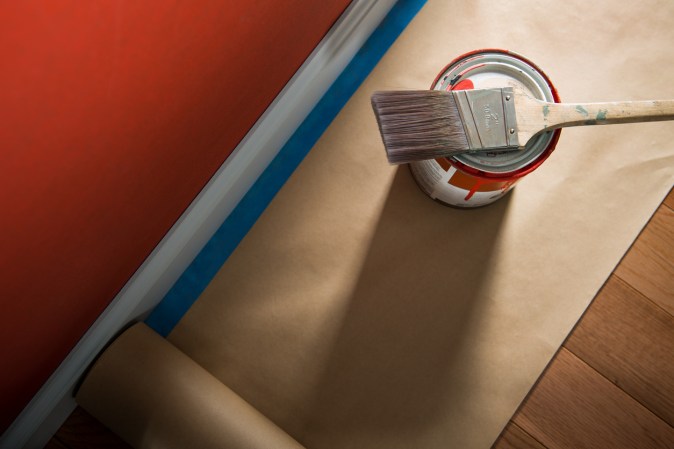We may earn revenue from the products available on this page and participate in affiliate programs. Learn More ›
Do you want to change the appearance of a room without having to undergo an expensive renovation? Painting one or more surfaces may be the ideal solution. By using different colors of paint, you can trick the eye into perceiving that a room looks a different size or shape without having to knock down any walls or change the furniture.
However, knowing how to paint specific walls (or the ceiling) to adjust how the space is felt by a viewer can be a challenge. It’s easier when you keep the following general guideline in mind: You can highlight or deemphasize certain areas using particular light and/or dark color combinations that help focus on a room’s best assets and shape the perception of the space. Using just color, make the room seem wider, narrower, taller, shorter, and even more or less square. Here are some specific design techniques to try in your home.
1. Make a space seem taller.
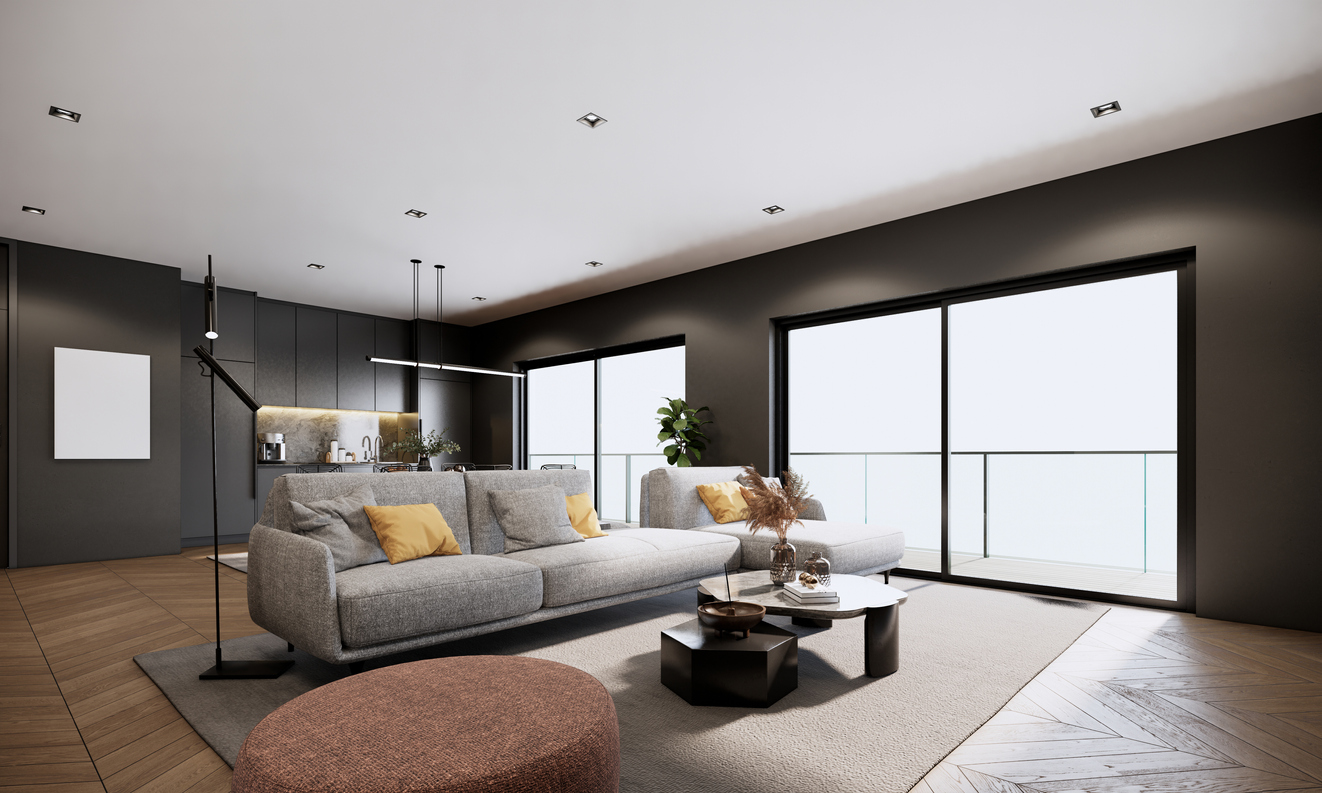
To change the perceived height of a room, use a very light or white hue and a deep or dark color such as a dark gray. Paint the walls with the dark color and the ceiling with the light one. The light-colored ceiling attracts the eye, making the room feel taller. You could also paint all walls and the ceiling white for a more dramatic room-heightening effect.
2. Make a wide room narrower.
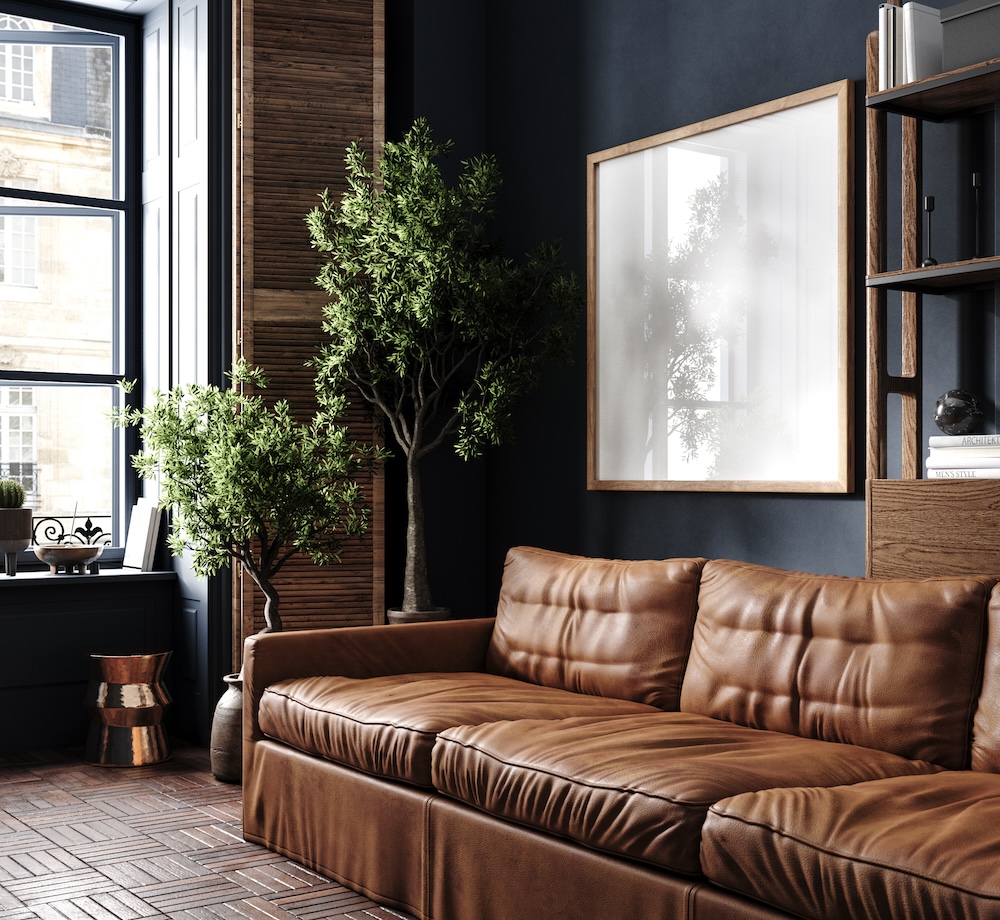
Suppose you have a room that is quite wide and you want the room to feel cozier. A warm, dark shade of paint can be used on the walls that you want to seem closer, thus ‘narrowing’ the room. This technique also enables you to use richer colors on the walls, which can make a dramatic statement in a room.
3. Decrease the perceived space.
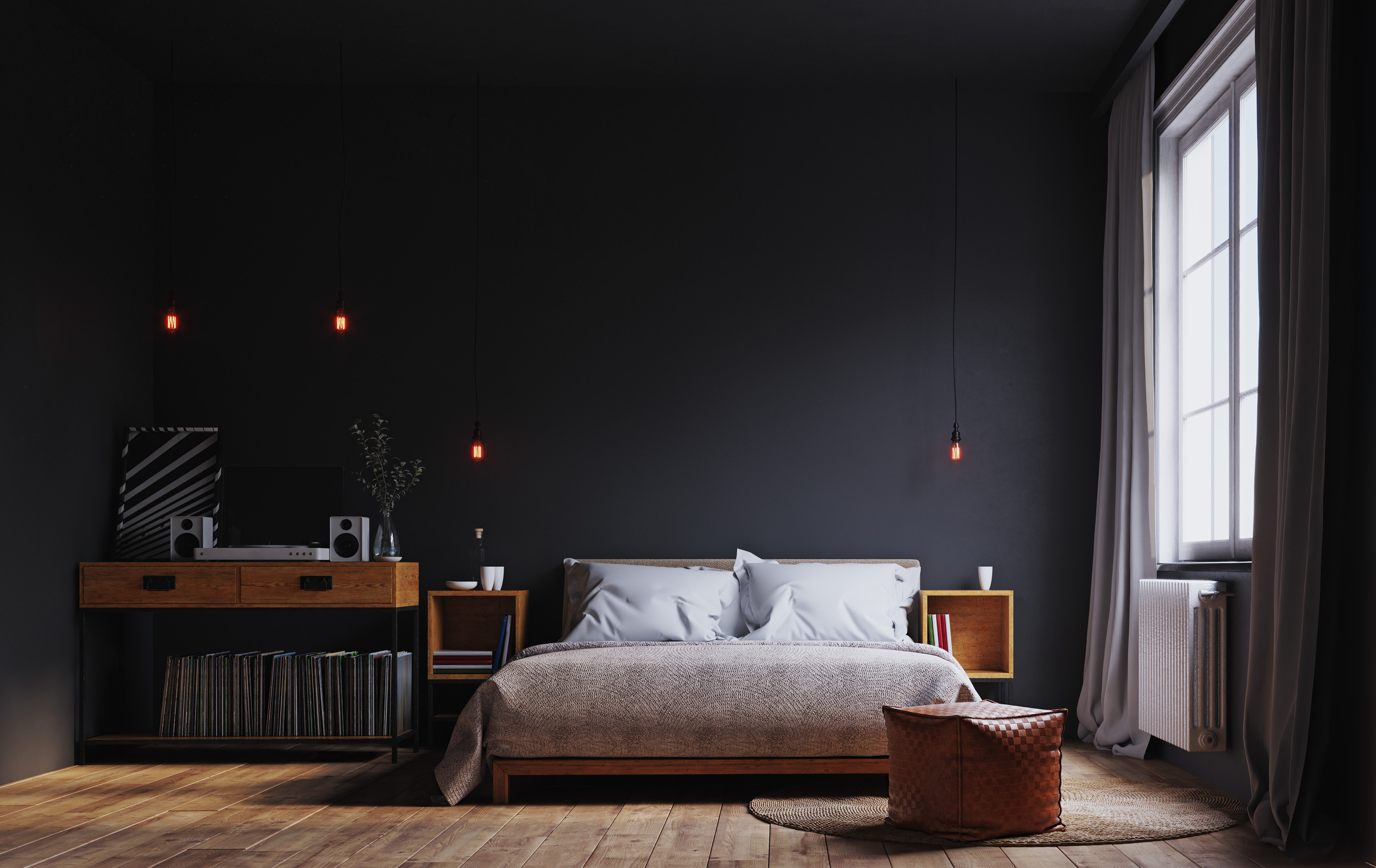
Do you have a room that you want to have a more intimate atmosphere? Or, you may have a room that is too big. In either case, you can use a darker paint color on all of the walls and the ceiling. Creative Director and CEO of Peltier Interiors, Amy Peltier, notes, “If you want a large space to feel cozier, go for darker colors and paint the ceiling, too.” Use the same dark color on all these surfaces to maximize the effect. This technique works well for studios, libraries, bedrooms, or other areas where you may want to minimize spaciousness.
4. Dark colors in a small room can work.
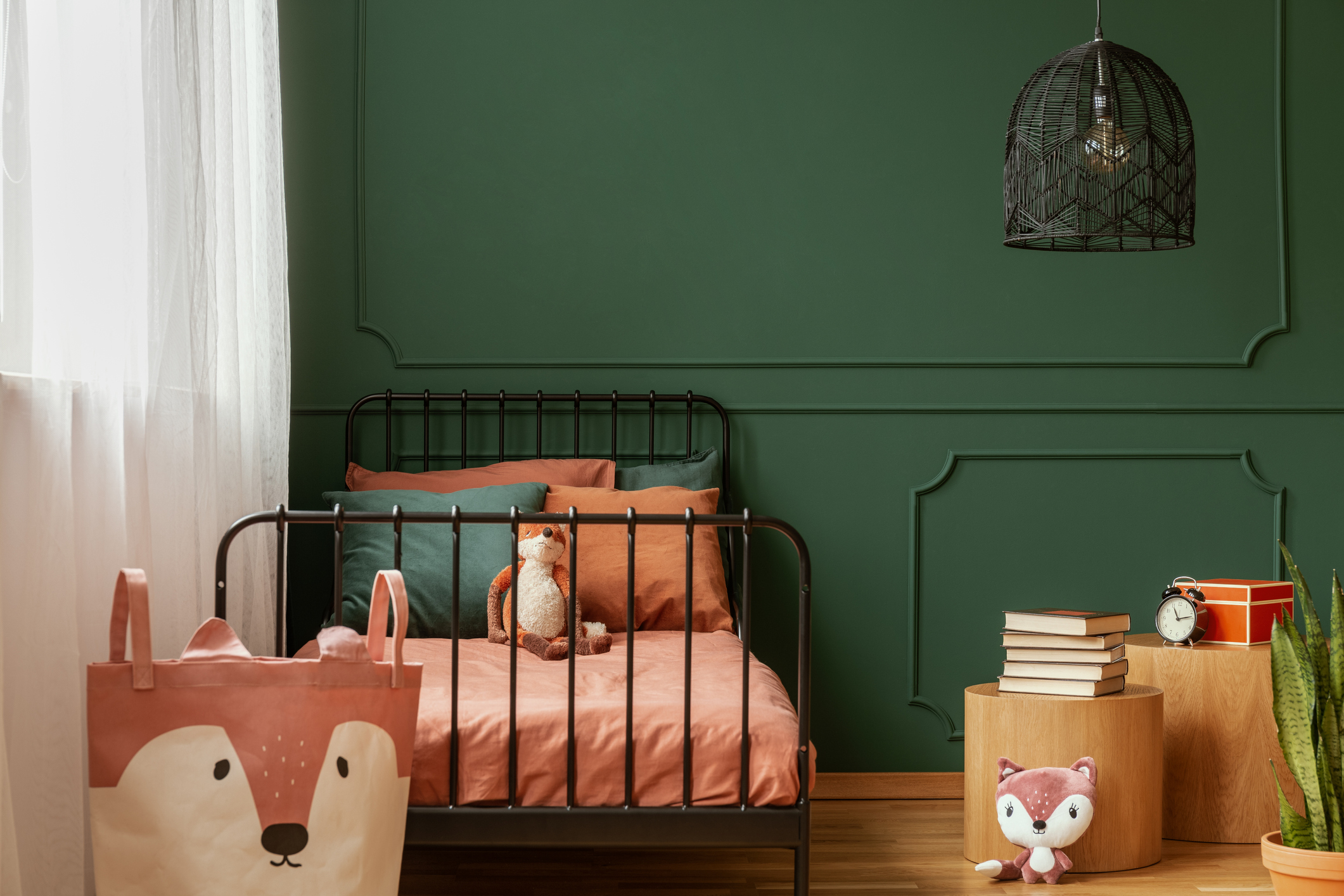
Consider using darker tones in rooms with less space. Edges and corners aren’t as obvious on darker walls as they are on lighter-colored walls. It may seem counter-intuitive, but you can easily paint a small room a dark color and still have it appear expansive. Consider using cooler-toned dark colors, including dark greens, dark blues, and charcoals, when painting a small room. Use a single color for the walls and the ceiling can maximize the effect.
5. Use an accent wall to shorten a room.
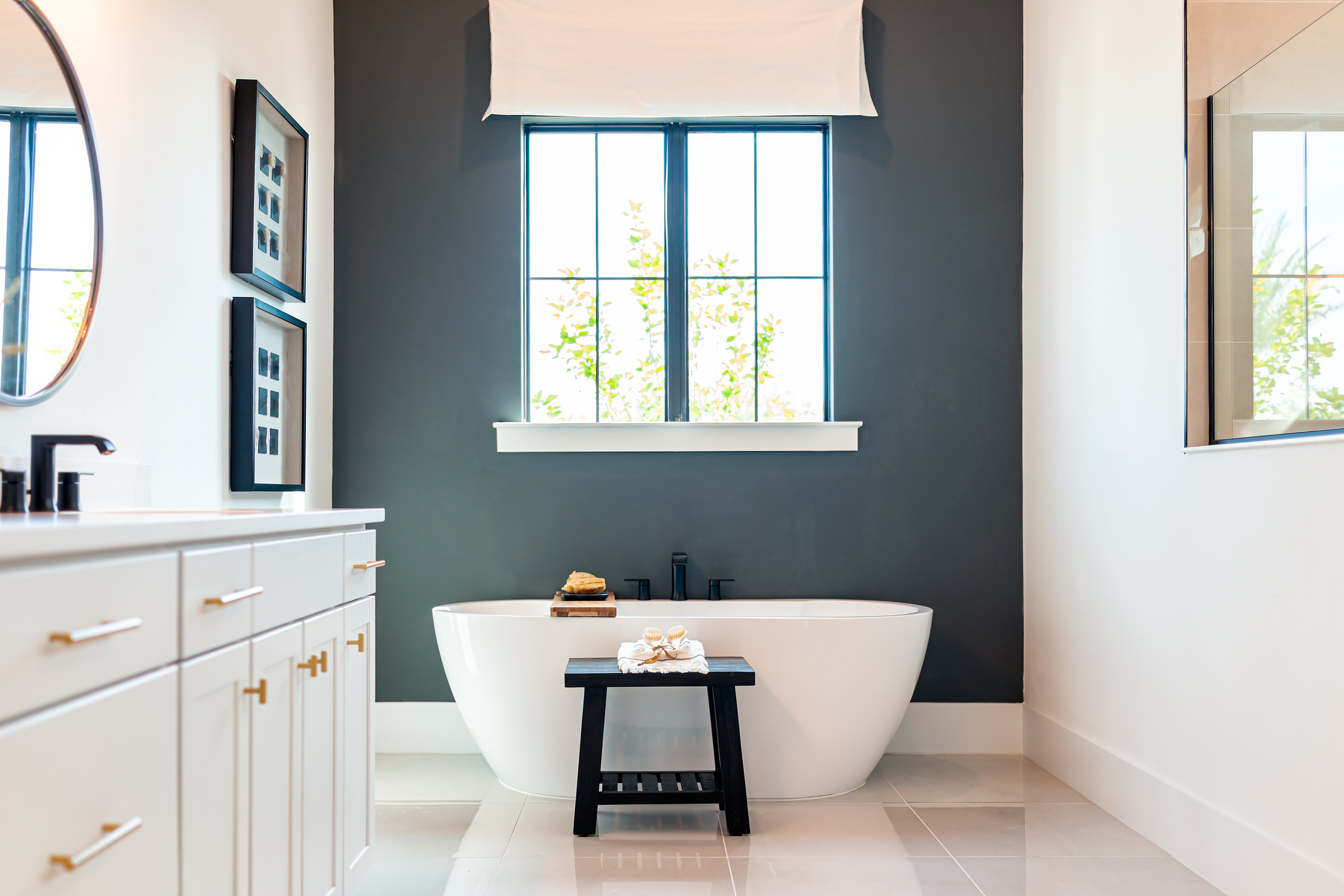
Suppose you want a room in your home to make a statement. Using a dark, bold accent color, you can make a room seem shorter where it makes sense in your design. This option also allows you to add some color to your home to make a particular wall stand out.
6. Use warm colors for a closer feel.
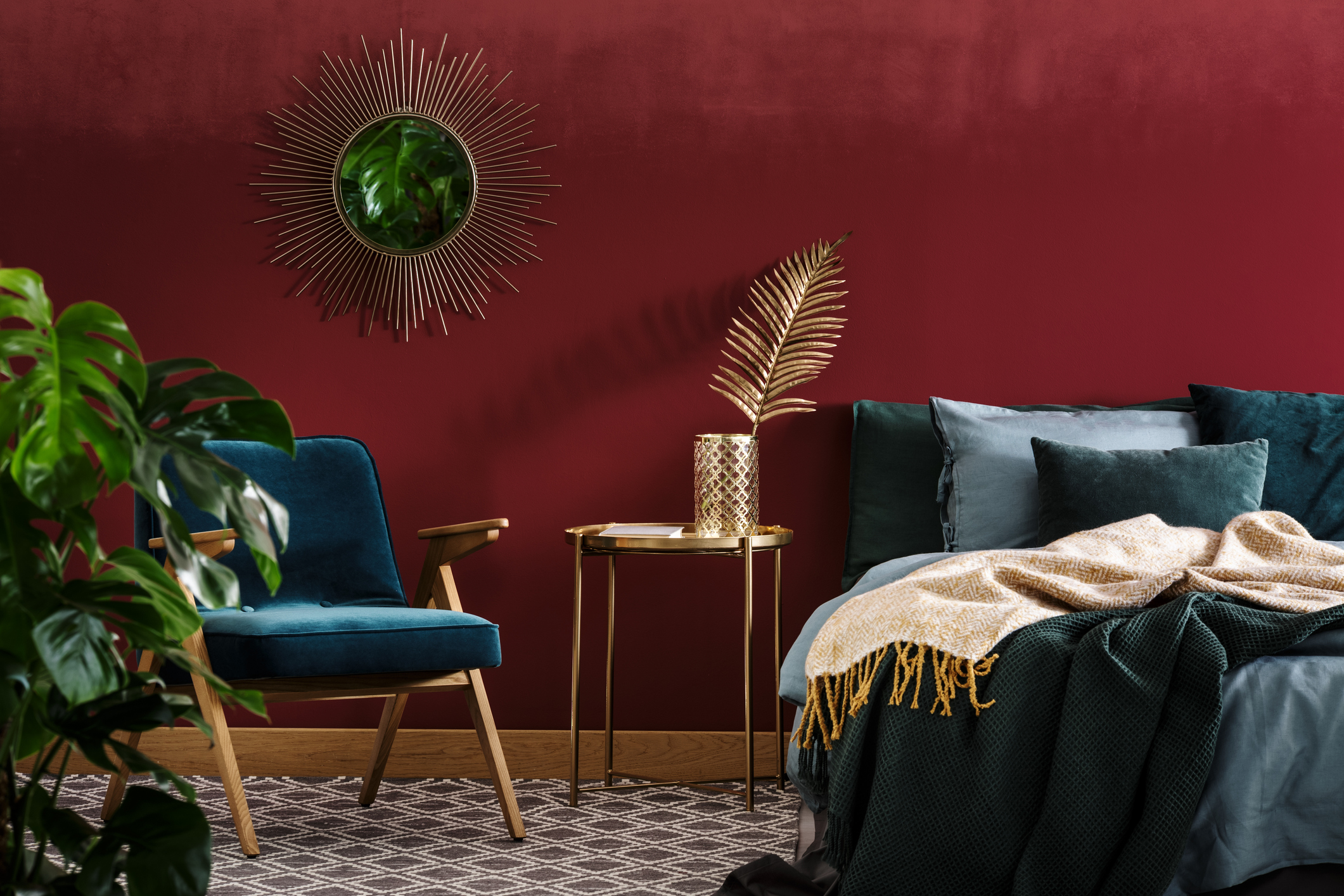
Some people prefer when rooms in their home feel cozy. If this sounds like you, consider using warm paint colors to create the illusion that the walls seem closer. High-contrast warm tones, such as oranges, yellows, and reds, help generate the effect. But keep in mind that these colors may feel overwhelming to some in a living space.
7. Make a room seem longer.
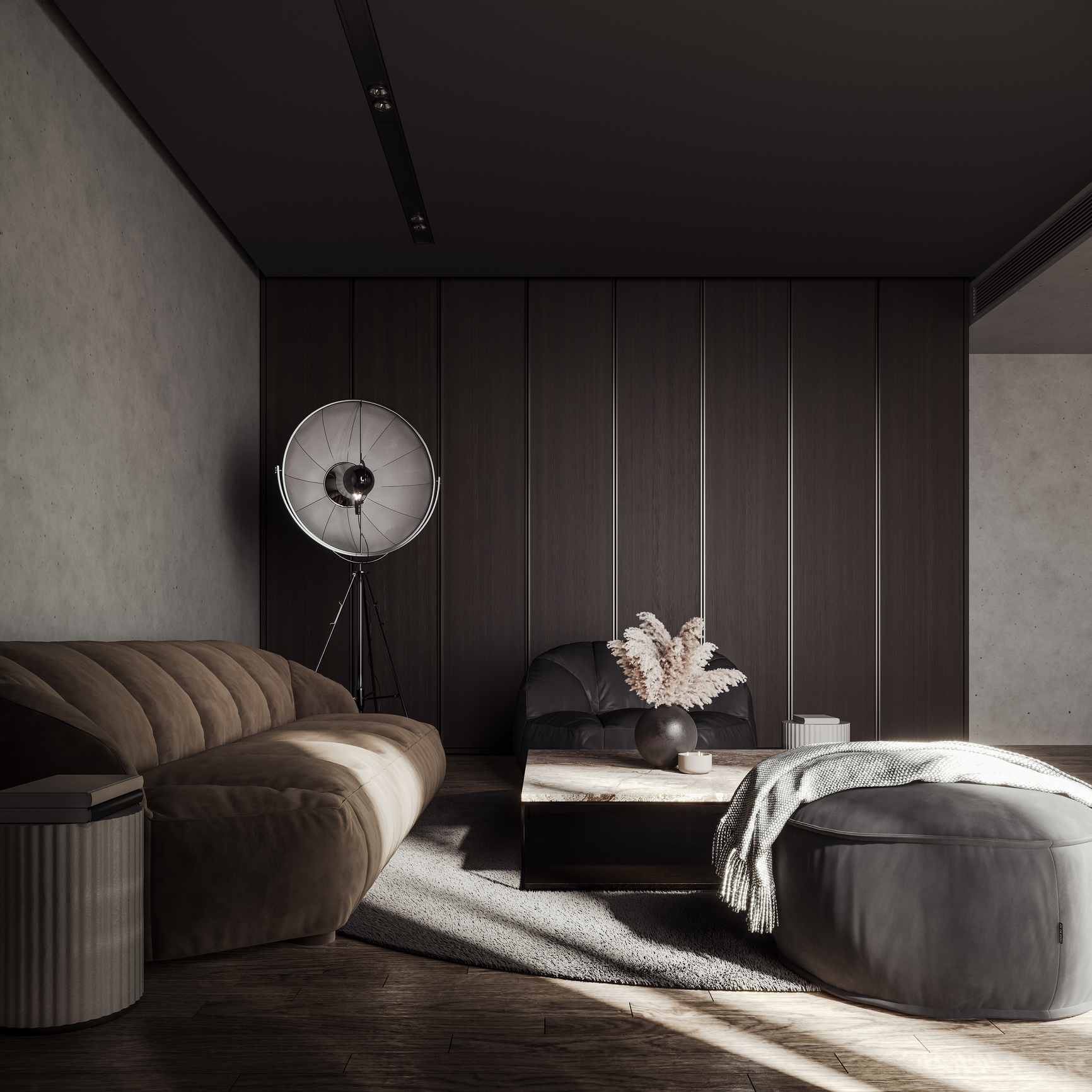
To make a room seem longer, paint the ceiling and one wall in a dark color and the other walls in a white or very light tone. This technique attracts the eye to the lightest walls, evoking a feeling of a room that’s longer than it is. Additionally, the eye will follow the line from the dark wall up to the ceiling or vice versa. Another trick that could work in some spaces is to paint horizontal stripes on a wall to change the perception of room length or width.
8. Make the ceiling feel lower.
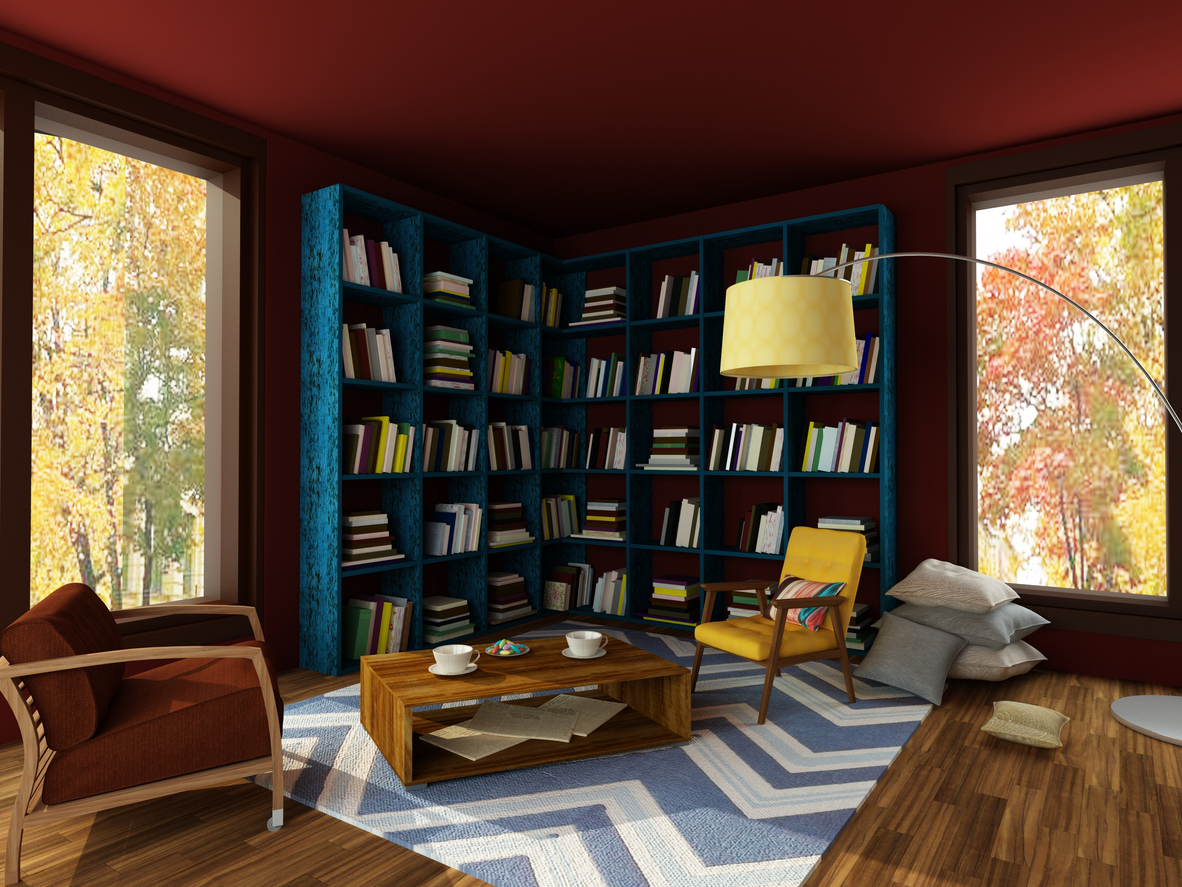
In some rooms, using a dark color on the ceiling may be the right call to give the impression that the ceiling appears lower. This approach can be an excellent option for very large rooms or to create a more comfortable ambiance in a tall room. For greater effect, paint all of the walls very light or white and add a darker color to the ceiling. It’s a dramatic design choice that causes the ceiling to appear closer.
9. Stick with one color—in some rooms.
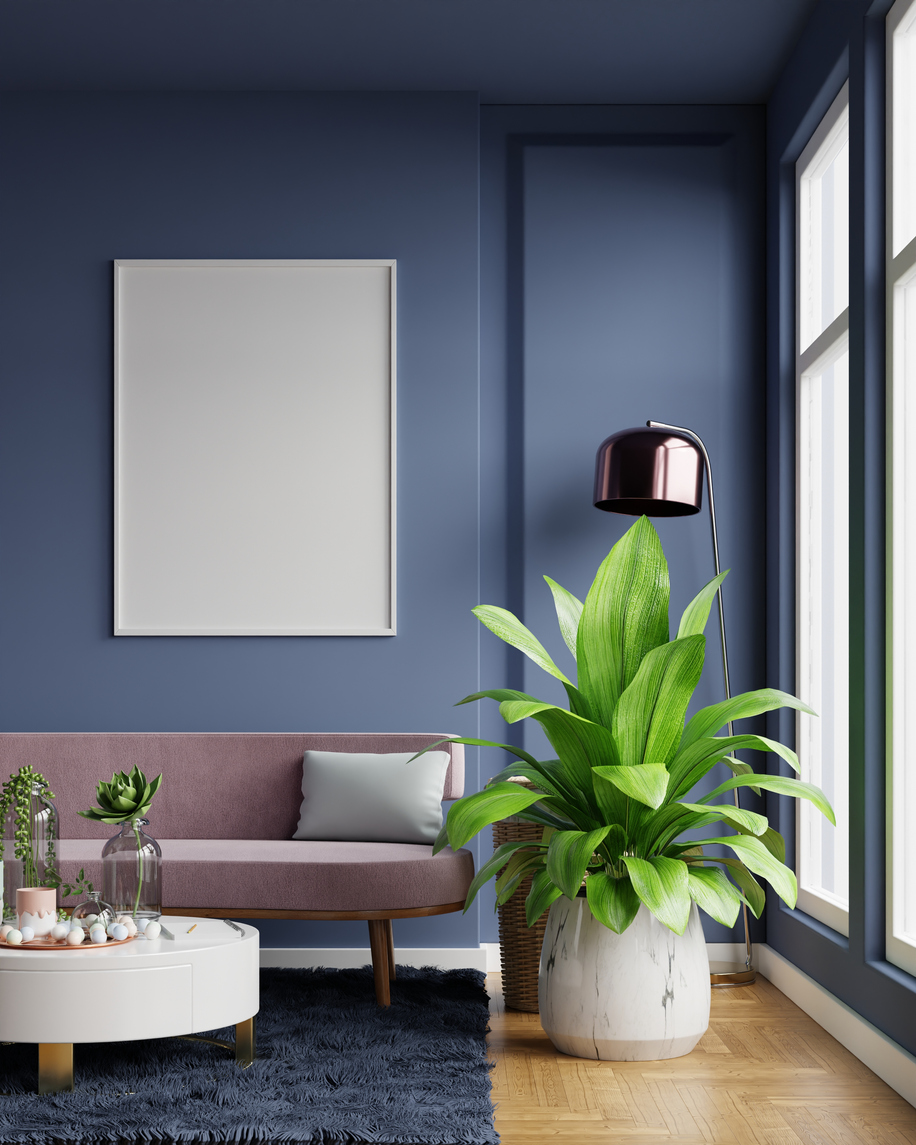
The eye notices edges when there are different paint colors in a room because of the contrast. These edges create perceptual boundaries. Conversely, the room tends to have a more seamless feel when you use a single color on all walls, and the ceiling, enabling the eye to flow continuously. Using a single-color approach, rooms with plenty of natural light but dark colors on the walls and ceiling can still appear reasonably large.
10. Expand one room into others
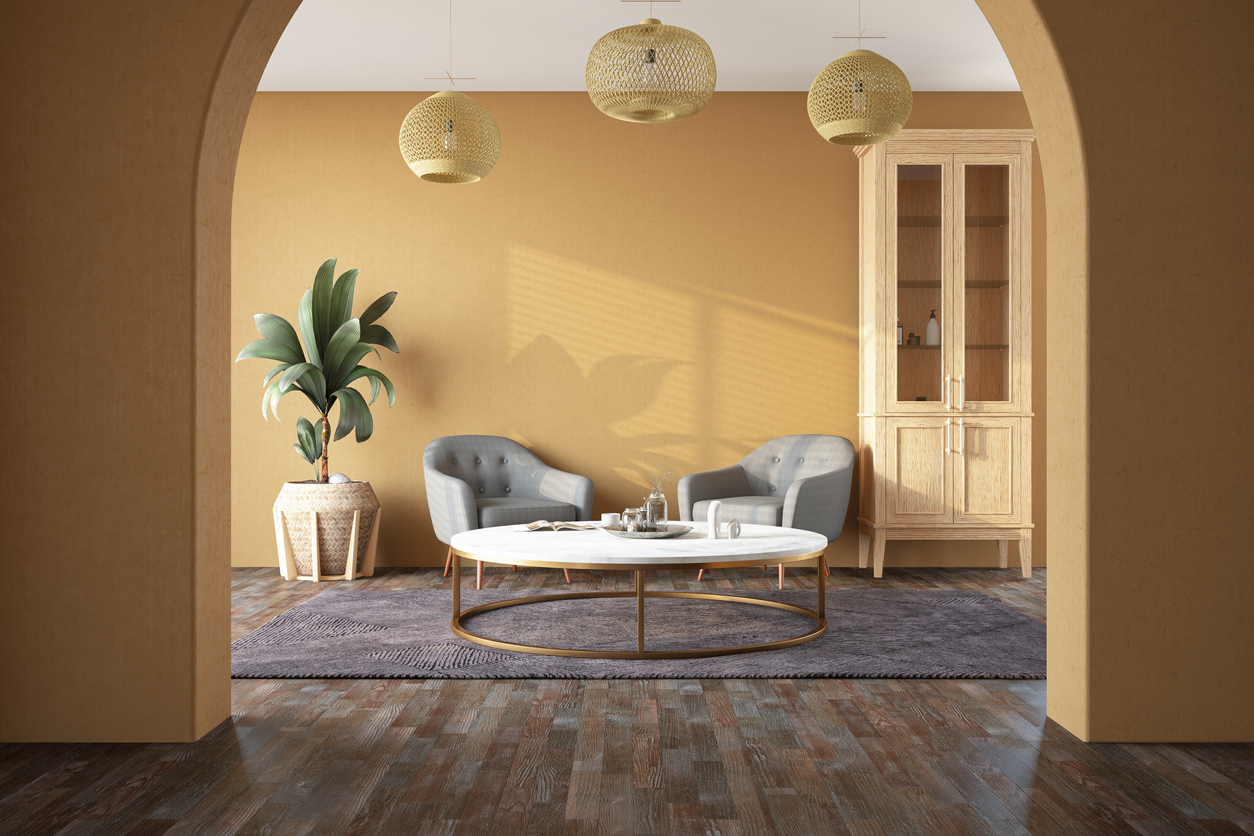
Use paint to make one room flow into another. When the same color to paint is used in adjoining rooms, the eye doesn’t have the color change that breaks the spaces into separate rooms. This paint technique increases the perceived space of an individual room. While any color could work, it’s usually easiest to achieve with any light and pale color; white works well, too.
11. Use cool tones for an expansive feel.
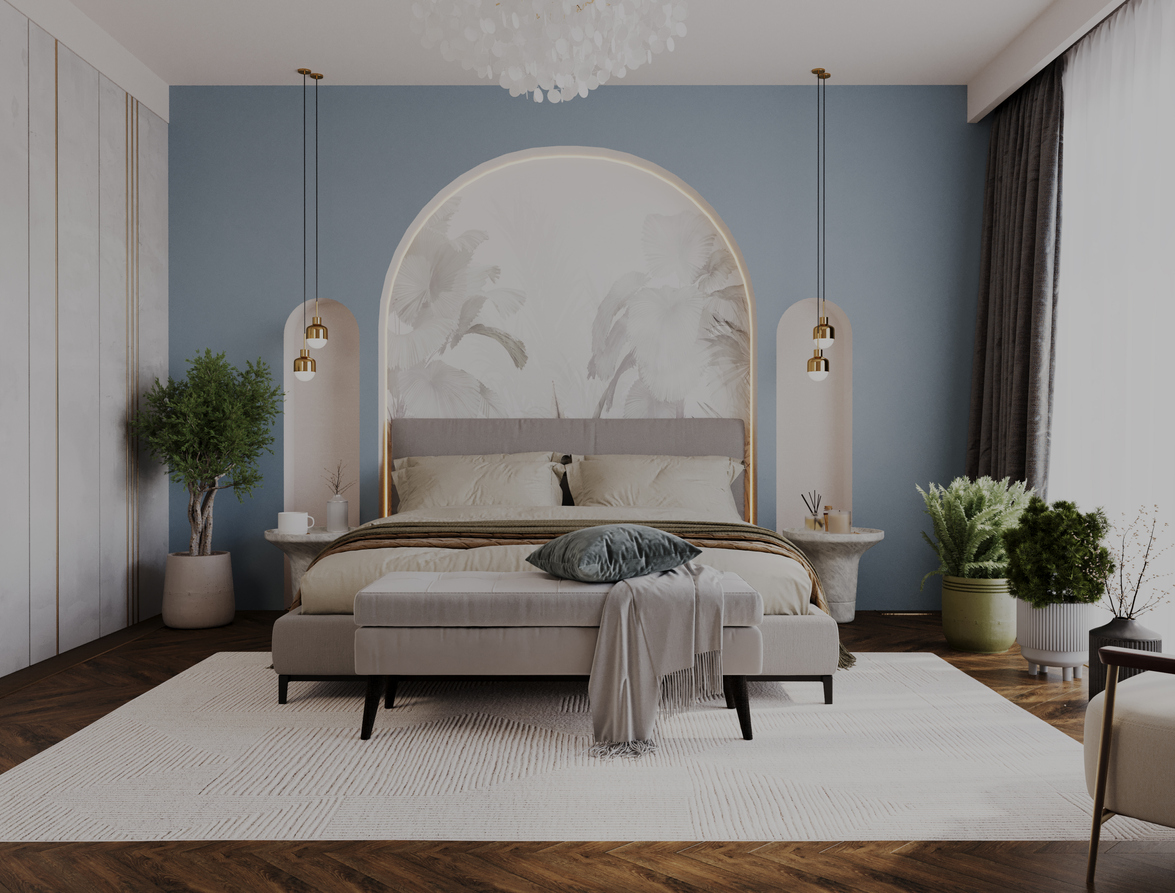
If dark colors aren’t your thing, consider cool tones in lighter and softer hues. Cooler colors create the illusion that a given room surface seems further away. This effect can be used in rooms of any size when the goal is to make the space seem larger. An added benefit is that cool-toned colors, especially blues, promote a calm and relaxing atmosphere.
12. Widen up a narrow room.
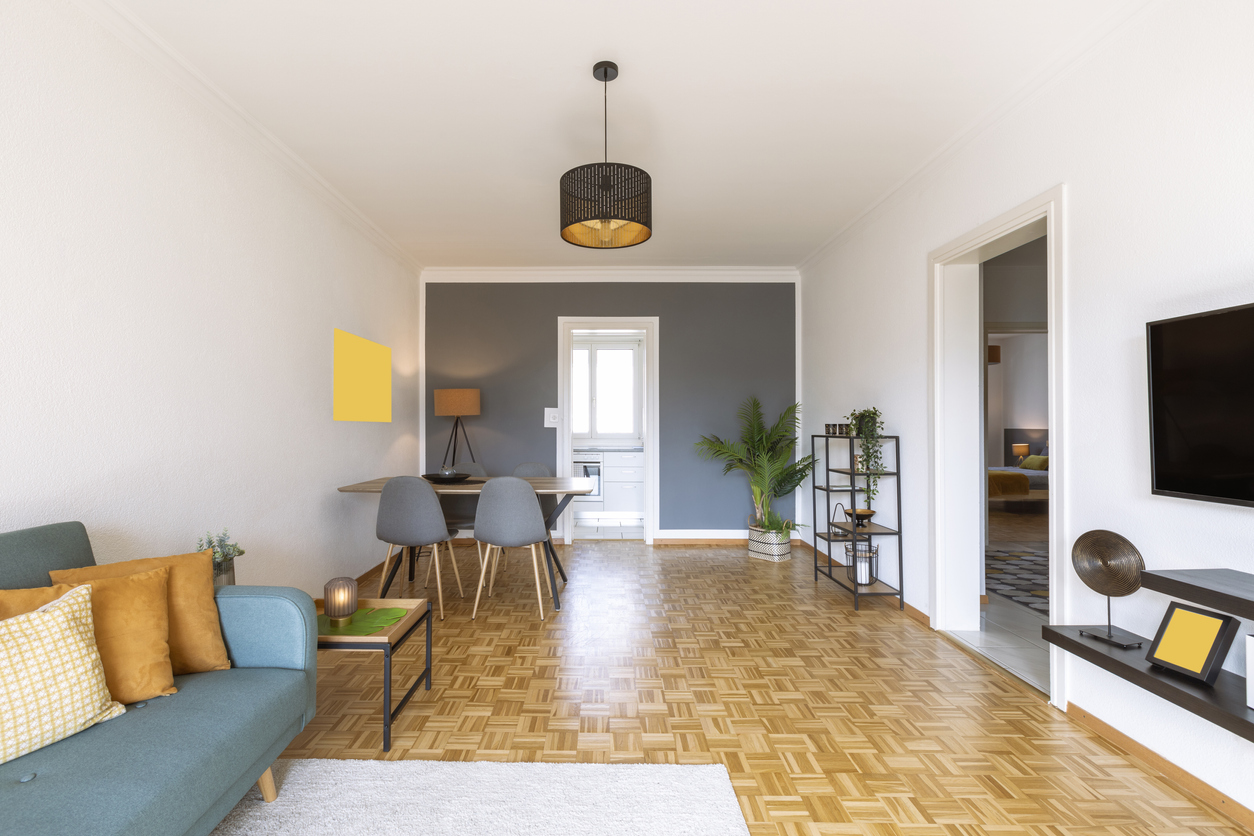
To make a room feel wider, paint a far wall in a dark color. Then, use a light or white color on the side walls. This method gives the eye something to focus on and the side walls create the impression of additional width. Keep in mind that research studies show that bright colors can make interior spaces seem further away, but this assertion continues to be debated.

